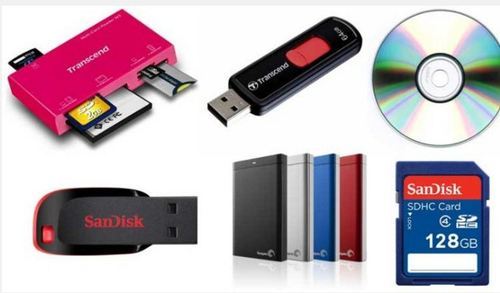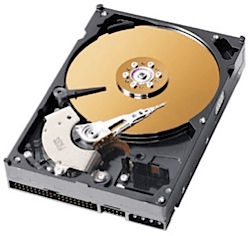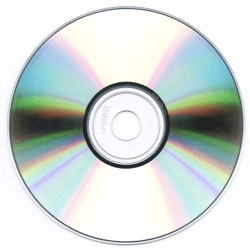What is a storage device?
A storage device is a kind of hardware, which is also known as storage, storage medium, digital storage, or storage media that has the ability to store information either temporarily or permanently. Generally, it is used to hold, port, and extract data files. It can be used either internally or externally to a computer system, server or any comparable computing device to hold information.

For any computing device, a storage device is one of the core components that is available in several structures and sizes on the basis of requirements and functionalities. Except for hardware firmware, it stores virtually all the data applications in a computer. A storage device is available in various form factors; for case, a computer device includes different storage media such as hard disk, RAM, cache. They also have optical disk drives and externally connected USB drives. Two types of storage devices, primary and secondary are available there to store data.
Primary storage devices: They are fit internally to the computer and very fast in terms of accessing data files. The RAM and cache memory are the examples of the primary storage devices.
Secondary storage devices: The hard disk, USB storage devices and optical disk drive are examples of secondary storage devices, which are designed to store data permanently. They include a large storage capacity while comparing with primary storage devices.
Why is storage needed in a computer?
A computer would be considered a dumb terminal without a storage device. It cannot store or hold any type of information or settings if it has no storage device. Although your computer can run without storage media, you only can view or read the information on it unless it was a computer that is connected to another computer contained storage abilities. Furthermore, a storage device is needed to store information about such tasks, like browsing the Internet.
What is a storage location?
When you store any type of information on a computer or other similar devices, it may ask you to the storage location where you want to store the information. By default, there is various type of data stored on your computer hard disk. If you want to move this information to another device, you need to transfer it to another storage media, like a USB flash drive that makes capable you to move it to any other computer.
Why so many different storage devices?
As the use of a computer is increasing rapidly, the technologies used to store data are also increasing day by day due to the higher need for storage capacity. There is need to invent the new technologies as the use of storage device is increasing day by day and people want take it with them. As new storage devices are invented, people replace the old device with a new storage device. Therefore, the need for older devices is ended and stop being used.
The CD-ROM drives replaced them with the introduction of floppy diskettes, and CD-ROM was replaced by DVD drives. Then flash drives are designed to replace the DVD drives. The cost of the first hard disk drive from IBM that contained only 5 MB was $50,000. In modern times, we have smartphones that contain much storage capacity at a smaller price, which can also be carried out in pocket easily. Furthermore, every enhancement of storage device makes it capable of a computer system to store a large amount of data, including accessing it speedily.
Examples of computer storage
Magnetic storage devices
Nowadays, magnetic storage is commonly founded on hybrid hard drives or extremely large HDDs.

A list is given below of magnetic storage devices:
- Floppy diskette: A floppy disk drive (FDD) offers users the benefit of saving data to removable diskettes. FDDs have been replaced with other storage devices like network file transfer and USB.
- Hard drive: A hard disk drive (HDD) is used to store data permanently as it is a non-volatile computer storage device, and directly connected to the disk controller of the computer's motherboard. Usually, it is installed internally in a computer, known as secondary storage device.
- Magnetic Card: A magnetic card is a card that may have information about an individual, such as passcodes to enter secure buildings or available recognition on a credit card.
- SuperDisk: Imation Corporation developed the disk storage technology. SuperDisk is also known as a LS-240 and LS-120. The drive was most popular with OEM computers and able to store up to 120 MB (Megabyte) on a single disk. Later, it was capable of storing 240 MB and also backward compatible with 1.44 MB disks.
- Tape cassette: A tape is a rectangular and flat container that is capable of storing data. As compared to other storage media, it is less expensive and commonly used for backing up a huge amount of data.
- Zip diskette: A Zip drive is a hardware data storage device that is an advanced version of the floppy disk. Its functions like a diskette and standard 1.44" floppy drive and developed by Iomega. It became very popular in the late 1990s and capable of storing data that was not possible with ordinary floppy disks.
Optical storage devices
Another type of storage devices are given below:

- Blu-ray disc
- CD-ROM disc
- CD-R and CD-RW disc.
- DVD-R, DVD+RW, DVD+R, and DVD-RW disc.
Flash memory devices
Flash memory is cheaper as well as portable. Due to become more reliable and efficient solution, most magnetic and optical media have replaced by flash memory device.